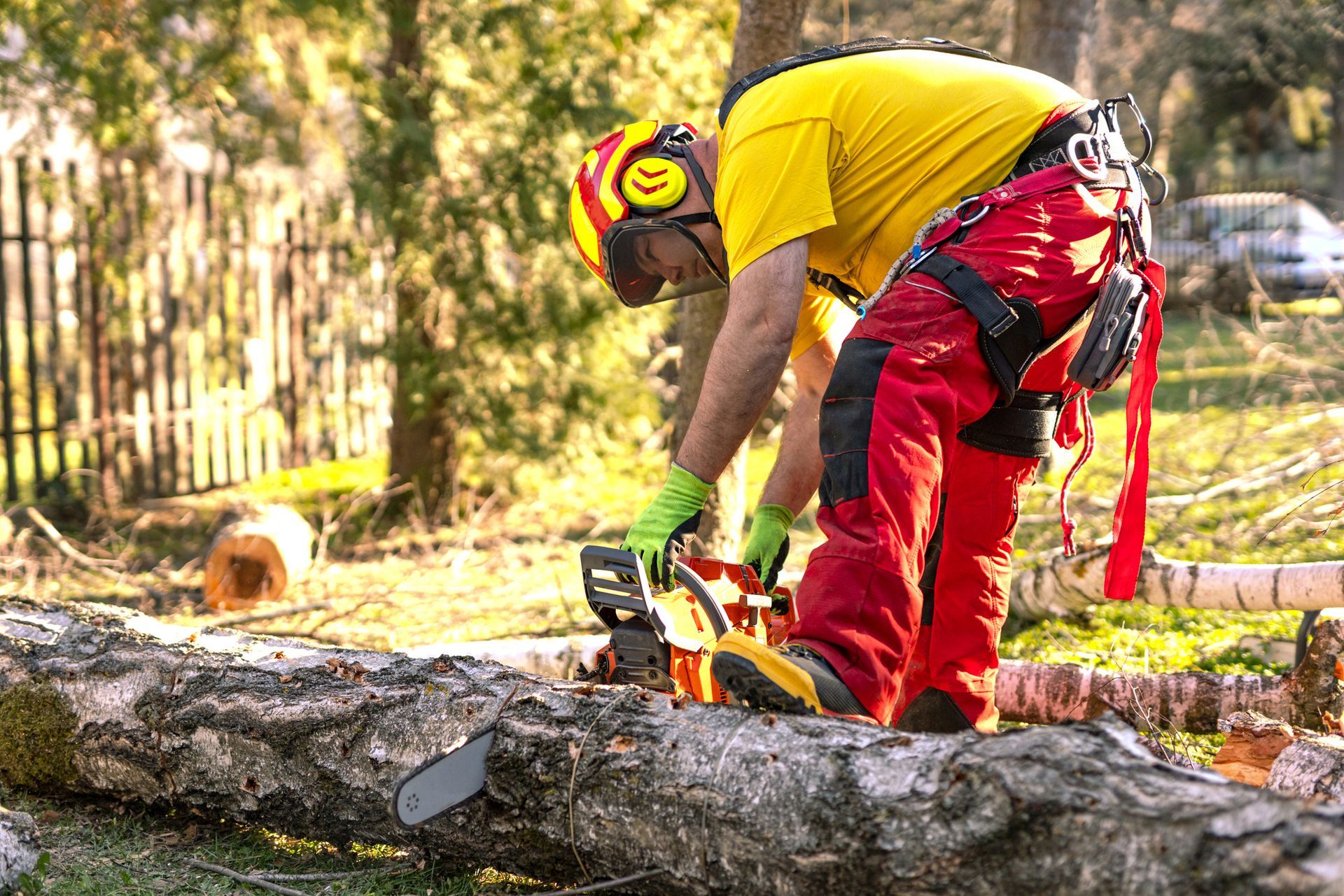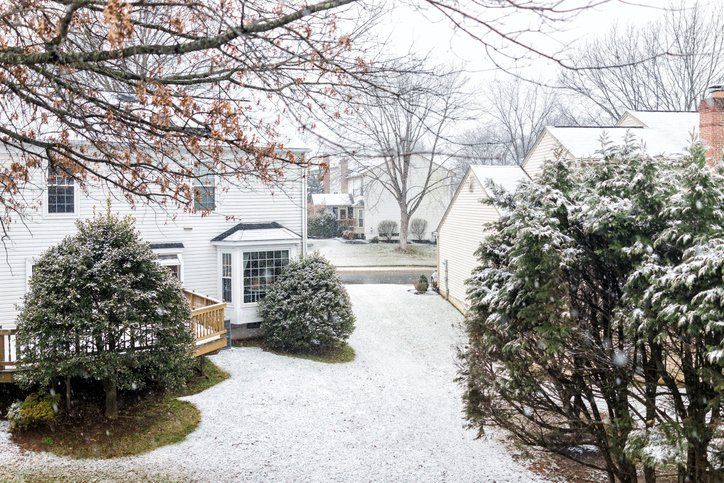How to Enjoy Better Pear Production This Year
By Admin • February 10, 2019
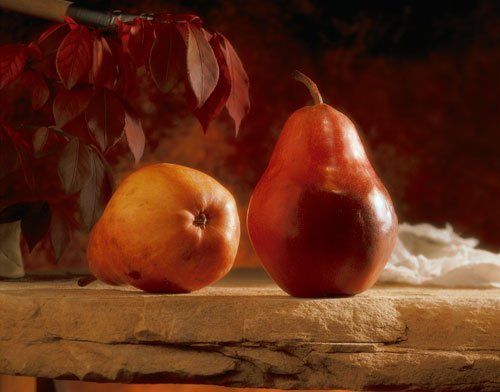
Who doesn't love a juicy pear? Having a pear tree in your yard allows you to enjoy this luscious fruit at its freshest, but sadly, many homeowners are displeased with unproductive pear trees. If your pear tree has been producing few or no pears, don't dismay. Here are a few steps you can take to improve pear production this next growing season.
1. Mulch Around the Tree
Mulch has a number of benefits that help improve tree health and boost pear production. Mulch helps to:
- Protect the tree's roots from changes in temperature
- Trap moisture in the soil
- Reduce weed growth
- Impart nitrogen, potassium, and other nutrients into the soil
Although wood chips are the most common type of mulch, you can really use any organic material as mulch. Pine needles, chopped leaves, and even grass clippings are suitable. Straw works really well for pear trees.
If your trees are not currently mulched, wait until the ground warms up, around June, to apply mulch for the first time. Be careful not to push the mulch directly against the tree trunk, as this can lead to rot.
2. Water Your Pear Tree
Many homeowners assume that once a pear tree is established, it does not require watering, since the roots are deep enough to extract water from far beneath the ground's surface. But this is not always the case. Pear trees are quite sensitive to watering, or a lack thereof, and a dry spell with little rain can reduce fruit production if you don't supply some supplemental water.
To water a mature pear tree, apply the water to the drip line, which is the imaginary circle created beneath the tree's outermost branches. Let the water flow slowly, but for several hours. Your goal is for the moisture to travel down 24 inches, which is where a mature tree's roots typically end.
3. Have the Tree Pruned
Pear trees that are never pruned do not grow well, and they don't generate new, fresh branches to bear fruit. Un-pruned trees are also more likely to suffer broken branches, and broken branches put them at risk for infections that can reduce fruit production.
The best time to have your pear tree pruned is in late winter while the tree is still dormant. There are a lot of intricacies involved with trimming a pear tree, so consider hiring an expert rather than attempting this maintenance yourself.
4. Spray the Tree
You may avoid spraying your tree because you want to grow your pears as naturally as possible. However, if your pear production is lacking or your pears are riddled with spots, you may have to resort to fungicide and insecticide sprays to boost production. Start spraying the tree in early spring, before the buds break, and continue spraying it approximately every 10 days until harvest.
5. Plant a Pollinating Partner
In order to produce fruit, the flowers on your pear tree must be pollinated with pollen from a different pear tree. If there are pear trees down the road or across town, your pear tree may be receiving some pollen from them — but you can boost pear production by planing a second pear tree, known as a pollinating partner, in your own yard. A pollinating partner won't improve tree health, per say, but it will improve fruit production.
Not all pear varieties pollinate each other well. If you know what type of pear tree you have, you can visit a local nursery and ask them to recommend a good pollinating partner. Here are a few examples of good pear tree pairings:
- Bartlett and Anjou
- Bartlett and Bosc
- D'Anjou and Comice
- D'Anjou and Seckel
- Comice and Bosc
- Comice and Bartlett
- Seckel and Comice
With the tips above, you can enjoy more pears than ever this coming year. Schedule your pruning appointment soon before temperatures start rising. Contact County Tree Service
if you're looking for a tree care service in the St. Louis area.

When you need dependable tree service in Chesterfield, MO , County Tree Service is the name to know. From precision tree trimming to safe removals and storm cleanup, our experienced team handles it all with care and professionalism. We’re dedicated to keeping your yard safe, clean, and beautiful year-round. Call 314-920-7263 today for expert tree service in Chesterfield

For professional tree service in Fenton, MO , trust the experts at County Tree Service. Whether you need tree removal, trimming, or storm damage cleanup, our skilled team is ready to handle the job safely and efficiently. We take pride in keeping your trees healthy and your property looking its best. Call 314-920-7263 today for reliable tree service in Fenton you can depend on!

Need expert tree service in Ballwin, MO ? County Tree Service offers safe, efficient tree removal, trimming, and storm cleanup for homes and businesses. Our experienced crew is dedicated to keeping your property safe and your trees healthy year-round. Call 314-920-7263 today for trusted tree service in Ballwin from
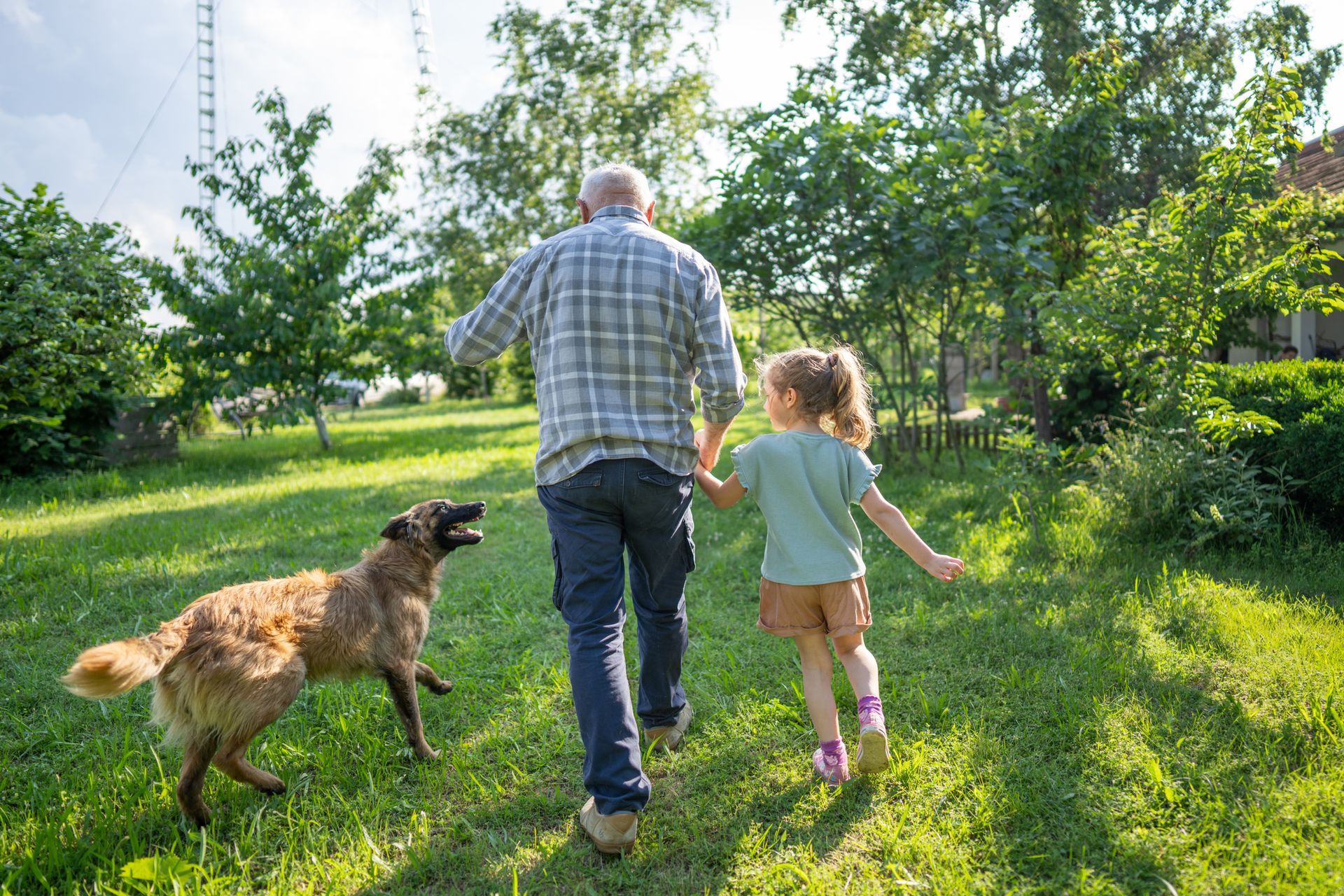
Looking for dependable tree service in Saint Louis, MO ? County Tree Service is your go-to team for expert tree trimming, safe removals, and complete tree care. With years of experience and a commitment to customer satisfaction, we keep your trees healthy and your property safe. Call 314-920-7263 today for professional tree service you can count on in St. Louis!
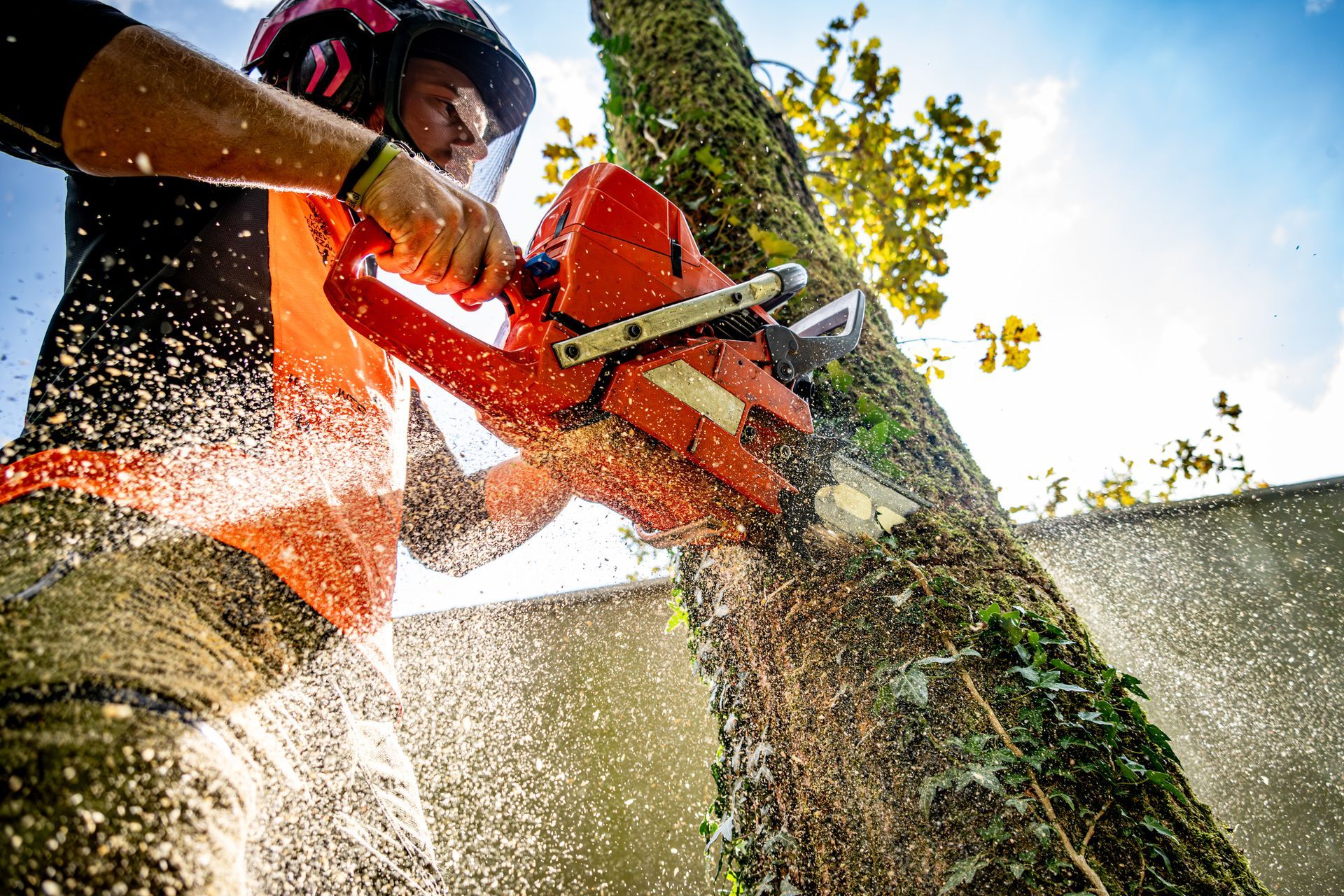
When you need dependable tree services in Fenton, MO , County Tree Service is the local company to trust. We offer comprehensive tree care, including tree removal, trimming, stump removal, and wood chipper services to keep your property safe and beautiful. Fenton’s trees face challenges like storms, pests, and disease—our skilled team is equipped to handle all of these with professional care and attention to detail. Whether it’s routine maintenance or emergency service, we’re ready to help. For reliable tree services in Fenton, MO , call County Tree Service at 314-920-7263 today for a free estimate.
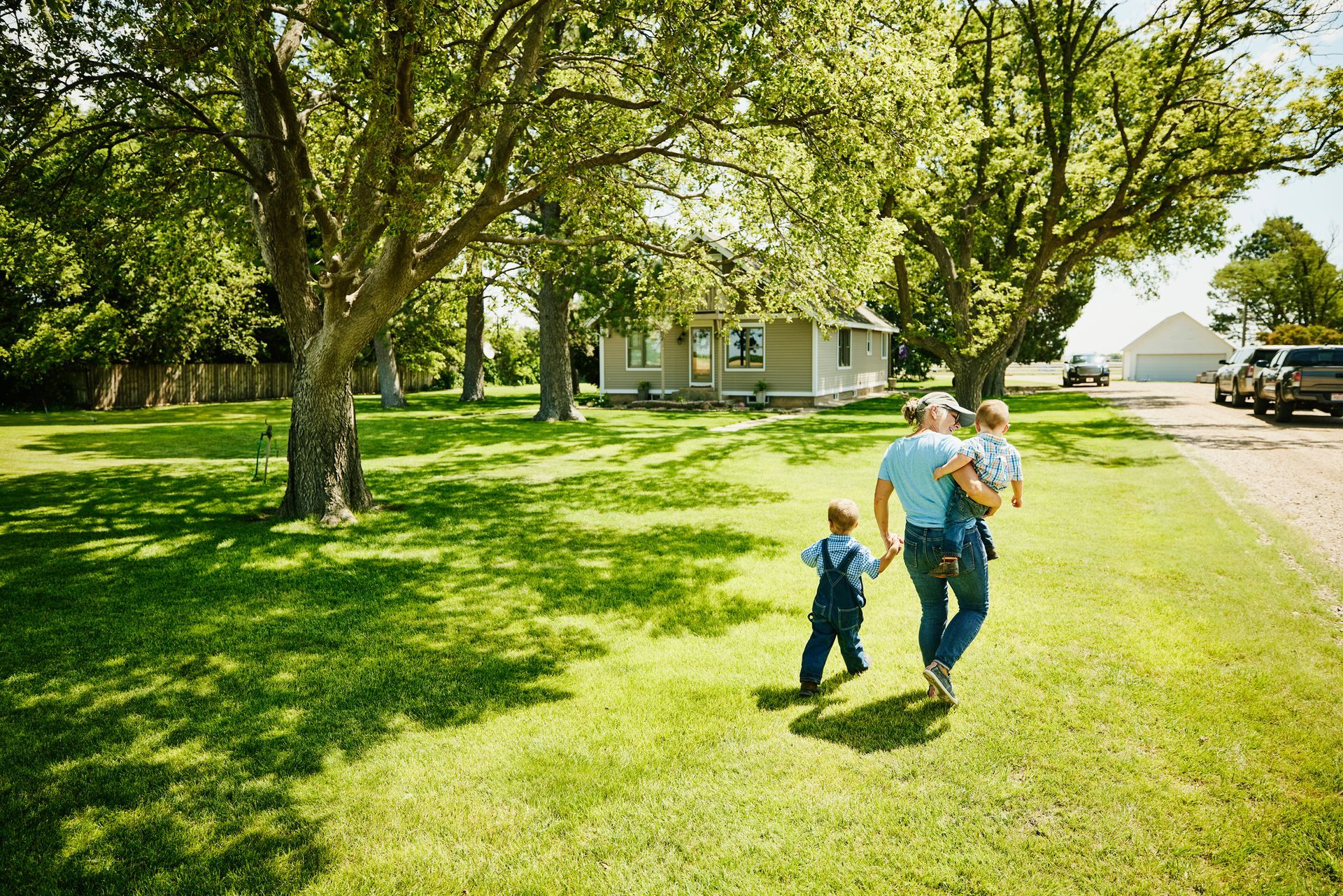
If you’re looking for professional tree services in Ballwin , MO, County Tree Service offers the expertise and equipment to handle all your tree care needs. From safe tree removal and expert trimming to stump removal and wood chipper services, we keep your property healthy and attractive. Our team understands the specific needs of Ballwin’s trees and environment. Whether it’s preventative maintenance or storm damage cleanup, we provide reliable, affordable tree services you can count on. For expert tree services in Ballwin, MO , contact County Tree Service today at 314-920-7263 for a free estimate.
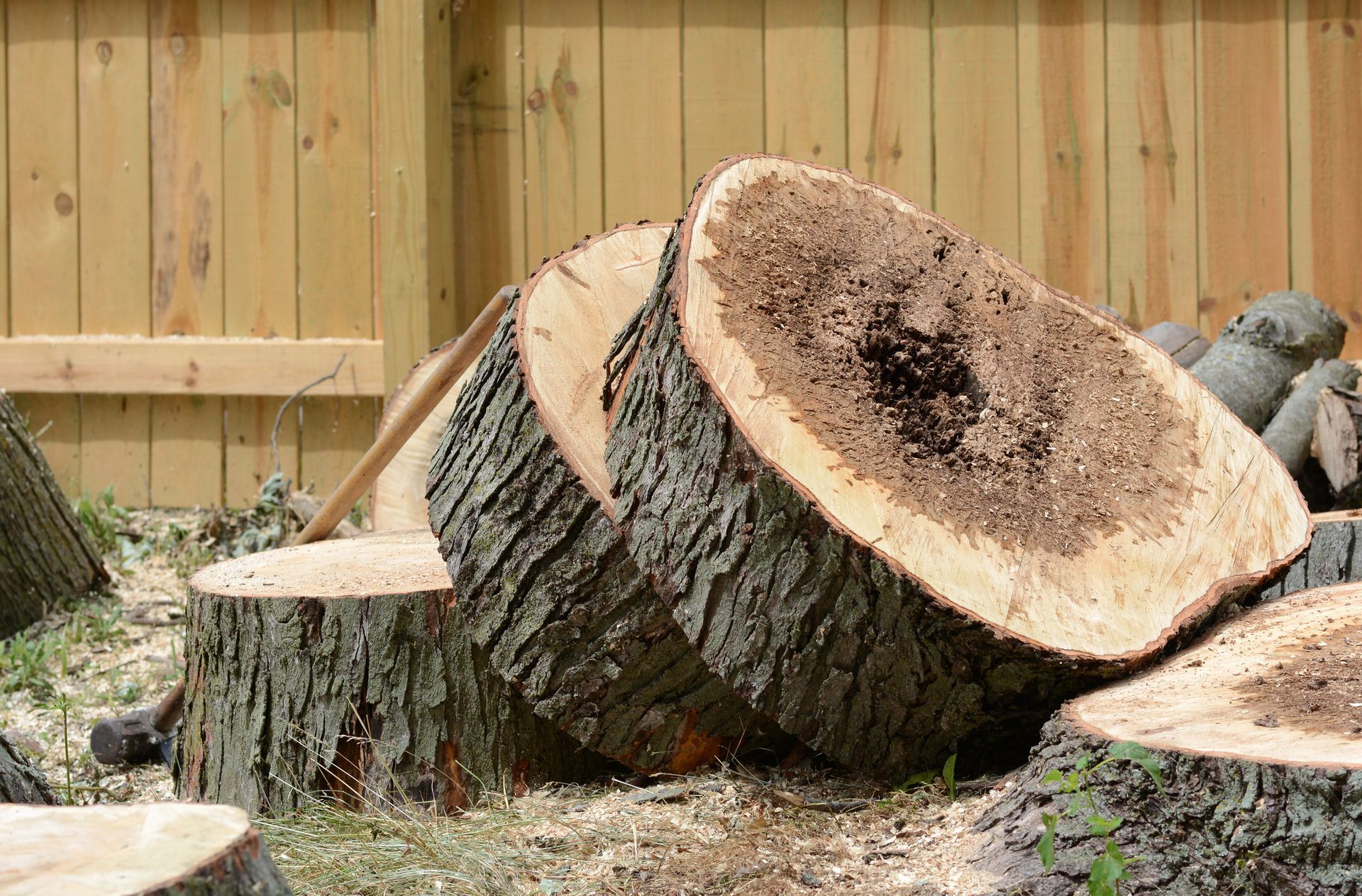
For professional and trustworthy tree services in Chesterfield, MO , County Tree Service is your local expert. We provide comprehensive tree care solutions to keep your property safe, healthy, and looking great all year long. Our team offers a full range of services including tree removal , tree trimming , stump removal , and wood chipper services . Whether it’s routine maintenance or emergency tree work, we handle every job with precision and care. Chesterfield’s climate and environment can challenge your trees, but with our expert tree services in Chesterfield, MO , you can rest easy knowing your trees are in good hands. Contact County Tree Service at 314-920-7263 today for a free estimate and expert advice on your tree needs.

